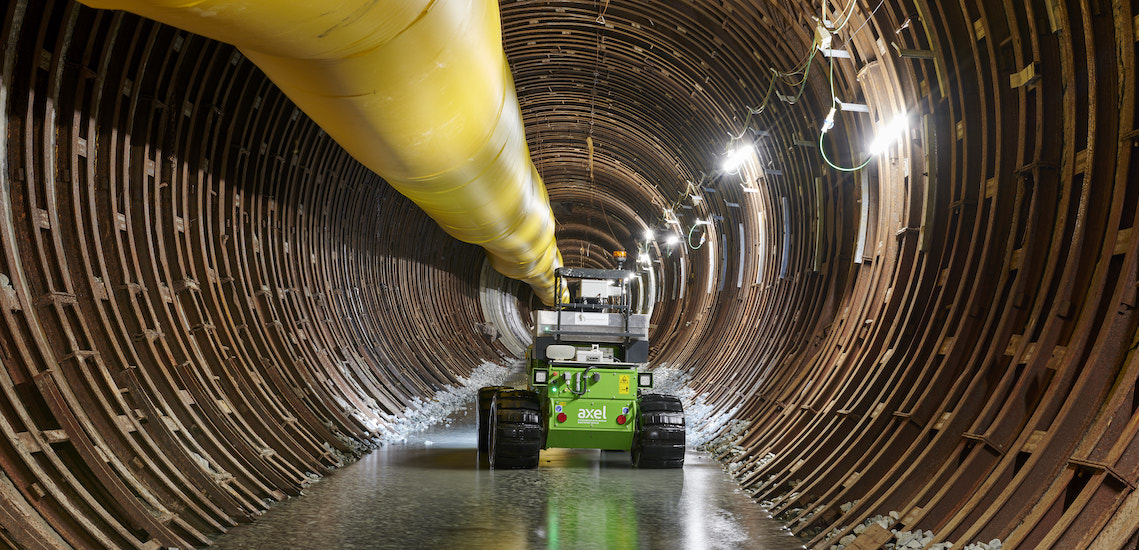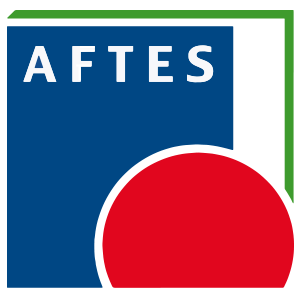
Webuild conducts successful test run of Axel (Autonomous Exploration Electrified Vehicle) a world-first prototype to explore tunnels safely. Robot inspected tunnel at “Nicchie La Maddalena” site on Italian side of Turin-Lyon base tunnel commissioned by TELT.
AXEL at the service of prevention
CHIOMONTE, April 8, 2022 – A robot called AXEL (Autonomous Exploration Electrified Vehicle), produced by Webuild and its Swiss subsidiary CSC Costruzioni, successfully completed the test run. This prototype based on avantgarde technology to improve the safety of workers involved in the excavation of the Turin-Lyon base tunnel. The innovative, remote-controlled robot is a world first, able to inspect the atmospheric conditions of a tunnel where potential risks are unknown.
AXEL is the result of a collaboration between the Webuild Group and a research centre called Competence Industry Manufacturing 4.0 (CIM). Its purpose was to conduct a preliminary inspection of a tunnel at the “Nicchie La Maddalena” construction site on the Italian side of the planned base tunnel between the two cities. It is an example of how innovation is applied to robotics so as to increase safety for workers in the infrastructure sector.
Commissioned by TELT (Tunnel Euralpin Lyon Turin), the binational public entity responsible for the development and management of a high-speed/high-capacity railway to be built under the Alps between Turin and Lyon, the site of the Nicchie La Maddalena required the inspection of three kilometres of a diagnostic, or exploratory, tunnel to ensure that the unknown atmospheric conditions were safe for workers. The inspection was conducted by AXEL, named after the main character r in the novel “Journey to the Centre of the Earth” written by Jules Verne.
AXEL is the first example in Italy of the use of robotics to explore a tunnel at the site of a planned railway. It allowed for the gathering and analysis of data on the atmosphere to identify the areas where workers can work in safety. It can be controlled remotely for up to two kilometres. Equipped with telecameras, sensors, communication antennas, the robot guarantees a high level of reliability as it operates under harsh environmental conditions. Powered by a battery, it produces no emissions.
Other article on robotics




